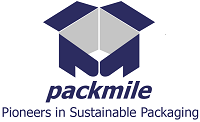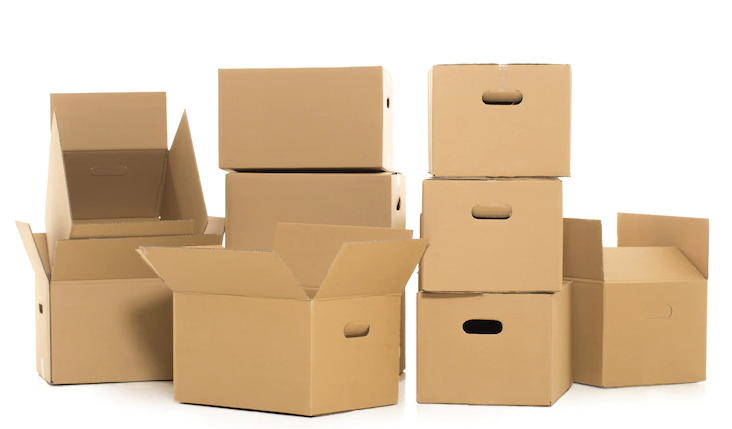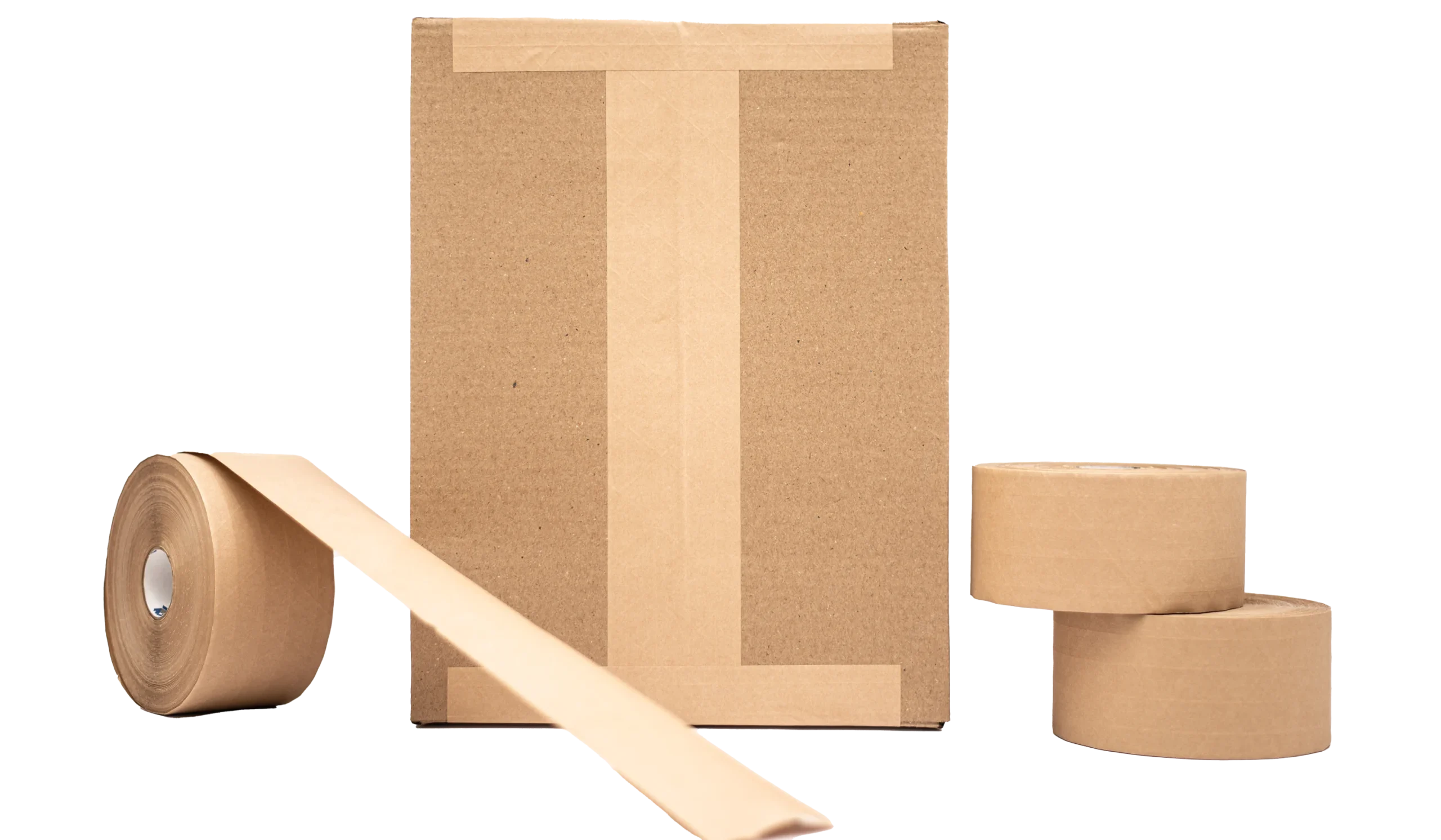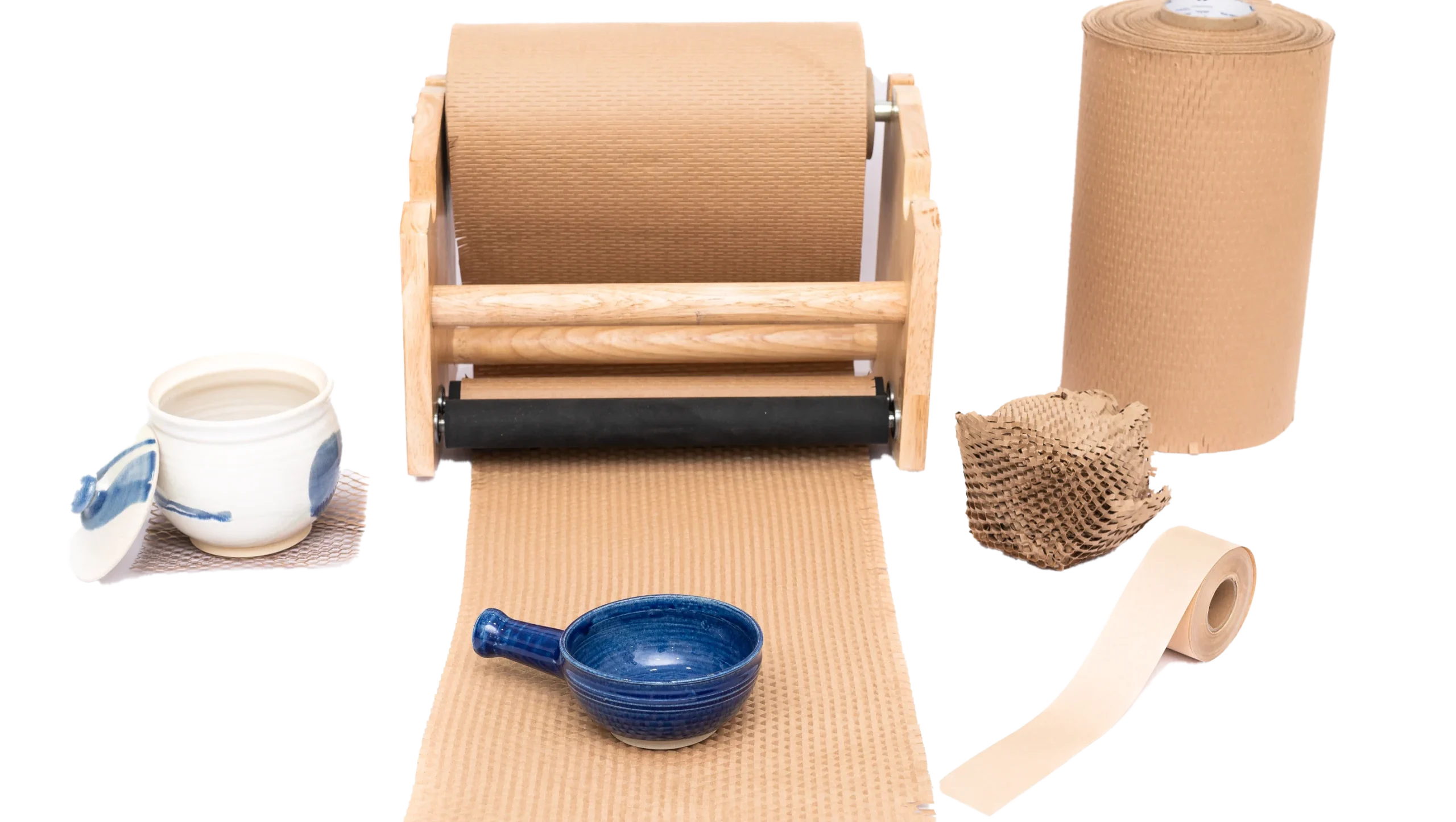Did you know that a study conducted by McKinsey revealed that nearly 60-70% of consumers are ready to pay more for sustainable packaging? Several brand packaging companies are coming up with zero-waste packaging solutions to curb the ill effects caused by disposable, non-biodegradable packing supplies. But how does this alternative help the environment and promote sustainability?
Zero-waste packaging solutions incorporate biodegradable or recyclable materials for product packing. These materials significantly minimise the discards or scraps getting into landfills, contributing to the betterment of pollution, improvements in recycling, and better resource management. If you are a business owner curious to assimilate this discovery into your functioning, we have listed ten tips to help you navigate this change. With a few simple steps, you can increase your brand’s efficiency and establish it as an eco-friendly venture.
Assess Your Current Packaging
The foremost step to transitioning into green packaging is assessing your present packaging routines. It is essential to evaluate the ongoing practices in order to understand where the modifications can be introduced. Breaking down these processes also helps you identify any wasteful utilisations of materials and plan changes accordingly. Try and test the materials you think gel best with the nature of your products. Make samples and examine if the chosen packaging caters to your needs. All these steps will offer comprehensive results to help you decide on an ideal green packaging.
Research Alternative Materials
Alternative methods of product packaging come in a large variety. Depending on your product, you can choose the most appropriate material. To familiarise you with the variety of choices, we have listed some of the most common and readily available materials.
- Paper
Can be fashioned into bags, wrappers, boxes, and covers.
- Cardboard
Highly versatile for making boxes and cartons of all shapes and sizes. Suitable for heavy and lightweight objects.
- Cloth
Different textures of cloth can be used to model bags/covers of various sizes depending on the nature of the objects, which can be reused infinitely.
- Glass
Glass containers offer hardcore protection to fragile items and can be repurposed multiple times.
- Wool
Offers optimum insulation for temperature-sensitive items.
- Bamboo
Protects and cushions lightweight items.
- Natural adhesive
Naturally derived substances are used to bind or stick materials together. It comes in different varieties. Some typical examples include starch, casein, resin, or water-activated tape.
- Corrugated bubble wrap
They are the cardboard version of bubble wrap, which can be used as wrappings and void fillers in packaging.
- Metals
Various metals can be used for packaging food/beverage options.
When choosing an alternative for your products, ensure that it matches their functionality, safety, and durability. It should also match your budget and requirements to be a sustainable choice.
Streamline Packaging Design
Streamlining is a convenient way to integrate new changes into the business’ functioning methods. This process is fundamental to ensuring the packaging maintains optimum functionality and productivity. There are various steps to implement this strategy.
- Perform an audit: Audits help you understand the difference in your product’s condition from where it ideally should be. The disparities help you navigate your improvement work in the right direction.
- Implement automation wherever possible: For large-scale businesses, automation of processes can save a great deal of time and effort. The introduction of AI and robots eases the workload and offers consistent results.
- Delegate tasks: Understand the hierarchy of your respective business and divide the work among levels as per efficiency to leverage maximum results in minimal effort.
- Gather data and feedback: User feedback, insights, and data from the customers to understand what is successful and what’s not. This will help you understand your brand image and what people seek from it.
Opt for Reusable Packaging
As the word suggests, reusable packaging is a material that can be repurposed for other uses. They can be utilized countless times for different purposes. This move is economically and environmentally sustainable as it saves money for new packaging and uses existing materials. It is also a strategic promotion strategy, as people may get attracted to your brand/business for the quality and durability of packaging. Some commonly seen examples of reusable packaging include:
- Cloth bags with brand name
- Containers with personalized lids
- Printed bottles
- Boxes and cartons
- Reusable crates
Minimize Excess Packaging
Excessive packaging refers to the unnecessary components used in product packing. Although it gets overlooked, it can accumulate to wasteful and unusable outcomes. It is important to dissect, identify, and eliminate these extra elements to take a step forward in the direction of zero-waste packages. Some common examples of excess packaging in everyday products include the following.
- Multiple plastic wrapping layers
- Overstuffed styrofoam or bubble wrap
- Boxes bigger than the products
- Labels or tags
Encourage Returnable Packaging
Returnable packaging is another effective method of ensuring that a resource is leveraged to its full potential. Brands and businesses can use this as a hack to ensure customer retention and loyalty while managing efficient resource utilization. Some systems to employ returnability tracking can include:
- Reward/loyalty points
- Convenient drop-off boxes
- Online tracking of returns through a website or app
- Incentivising returns through complimentary goodies
Educate Customers
Promoting sustainability isn’t just about putting out green packaging. To make the venture successful, it is important to make your customers aware of the modifications’ importance, utilization, and further promotion. Doing so not only gives a push to the eco-friendly agenda but also strengthens your brand image. You can adopt various campaigns and promotional strategies to spread awareness.
- Quirky yet clear labeling: People associate more with eye-catchy, relatable, and amusing content. Create a catchy label or slogan to make your product feel more authentic and customer-oriented.
- Interactive competitions: Keeping customers involved through participatory activities helps them learn in a practical way.
- Social media promotion: You must not forget to leverage the power of social media to influence your audience and push them towards a change.
- Rewards and incentives: You can retain customers by offering them tokens of appreciation for every move they make to help strengthen your brand’s sustainability agenda.
Collaborate with Suppliers
Many manufacturers and suppliers are shifting their approach to be more eco-friendly. As a result, the market is flooded with biodegradable packaging suppliers providing green solutions for your packing needs. Collaborate with these companies to find suitable products based on your preference, budget, style, and requirements. This connection also helps you get customizations, bulk orders, and discounts.
Measure and Improve
Eco-friendliness isn’t just about using the right materials. Another underrated factor in making green packaging successful is the right measure of materials being used. It is important to have precision in the amount of materials being used. This practice reduces the unnecessary usage of resources and improves the environmental footprint.
Transform Your Packaging with Packmile’s Expertise
When choosing a zero-waste packaging material provider, being mindful of your choices is crucial. The quality of your sourced materials can make a world of difference to your results. For this reason, you can trust Packmile to be your go-to. We house a plethora of products specifically engineered to reduce environmental impacts while offering efficient and satisfactory packaging solutions. You can explore our range by visiting our website and assuring a healthier tomorrow by switching to environment-friendly products.
FREQUENTLY ASKED QUESTIONS
How can you optimize packaging design to minimize material usage?
Optimizing packaging designs is a thorough process that requires all-around considerations for successful implementation. Some of the ways to do so are as follows.
- Reducing the packaging weight and size
- Opting sustainable materials
- Increasing the packaging efficiency and functioning
- Ensuring easy recycling of packing
- Promoting reusability
What products are suitable for reusable packaging options?
A wide variety of products are compatible with reusable packaging options. Some of the most commonly observed examples are as follows.
- Food and beverages
- Clothes
- Groceries
- Electronics
- Cosmetic and makeup
- Sanitary/hygiene products
- Medications
- Miscellaneous household items
- Stationary items
- Spares
- Pet care products
- Home decoration items
How can technology and innovation contribute to the advancement of zero-waste packaging?
Technological advancements and innovations have offered numerous new possibilities in zero-waste packaging. These efforts contribute to forming sustainable supply and product management models.
How can Packmile help businesses achieve zero-waste packaging goals?
Packmile is a pioneer in the sustainable zero-waste packaging materials industry. They help you make your product packaging an environmental-friendly affair with their carefully crafted products. Their products assure reusability and recyclability, further affirming significant improvements in solid waste generation.




Leave A Comment